1. Automatic sorting and retrieval systems (AS/RS)
A. Technology overview
AS/RS is a relatively novel type of intralogistics machinery. It replaces conveyors, forklifts, and racks, which are traditionally used to move items around a warehouse into a single, cubic system. This system puts away, stores, and retrieves items automatically.
B. How it improves supply chains
A traditional warehouse setup requires hoisting, conveying, picking, and placing machinery and racks to put away, store, pick, and place items. An AS/RS combines these functions within a single system, allowing warehouse managers to automate their facilities in a much leaner way than with traditional machinery.
C. Adoption success story
In 2019, Siemens purchased an AS/RS for its production and distribution warehouse in Chemnitz, Germany. The company says it has realized a 60% decrease in warehouse space required for the same inventory level as before installing the system and has decreased its staffing cost by 40%.
D. Selected market statistic
Autostore, one of the top three AS/RS vendors, grew at a stunning rate of +80% from 2020 to 2021 (from $182M to $327M). The company currently has supply constraints due to high demand.
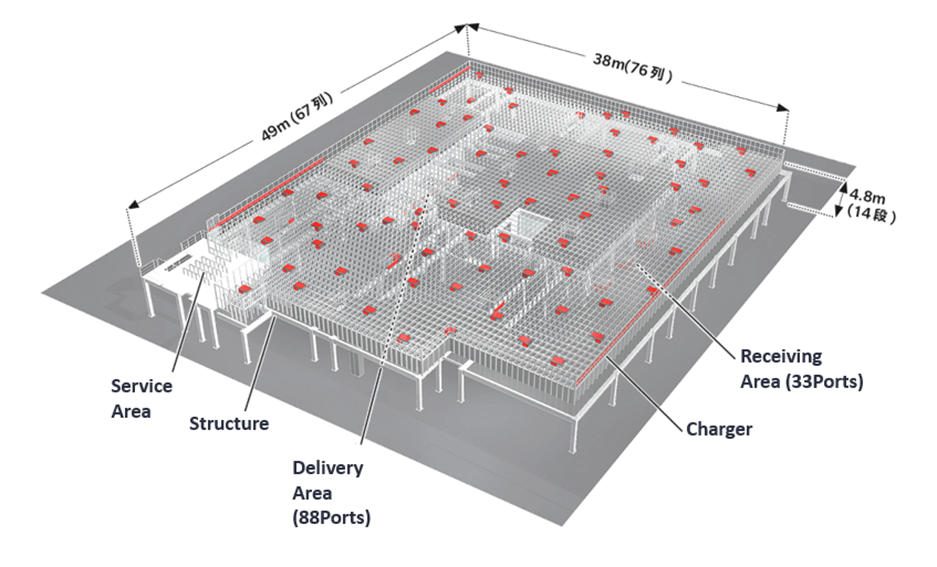
2. Sourcing software with market intelligence
A. Technology overview
Sourcing & supplier management software helps companies find suppliers to ensure they have the right components available in the right quantity to maintain their activities. The latest innovation in this segment is the addition of market intelligence that allows the procurement team to act more strategically.
B. How it improves supply chains
Market intelligence for sourcing helps purchasing managers make better decisions with a frequently updated insight on market dynamics, pricing, lead times, and regional and raw material trends. For example, procurement can now have a live view of the network of potential suppliers based on the current supply capabilities. This information can be used in supplier negotiations or for ensuring companies do not run out of stock of key components.
C. Adoption success story
Molex, a US-based provider of electronic connectors, announced in November 2022 that it will work with Siemens SupplyFrame CQI market intelligence software to accelerate their sourcing processes with dynamic bills of materials based on real-time supplier analysis capabilities throughout its entire procurement team.
D. Selected market statistic
IoT Analytics expects sourcing and supplier management software to grow at a +10% CAGR from 2021 to 2027, driven by companies re-assessing their sourcing strategy (mostly towards multi-supplier sourcing) and by new technology innovations, such as market intelligence tools.
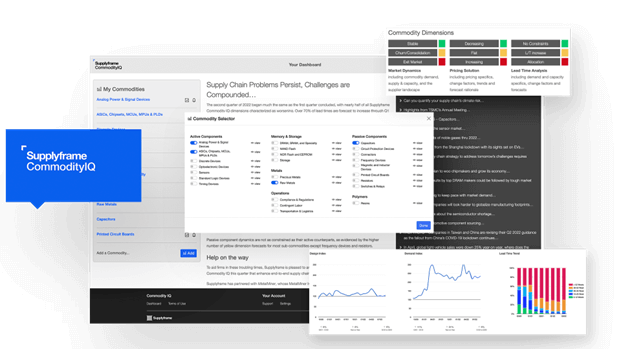
3. IoT track and trace devices
A. Technology overview
IoT-based track and trace devices allow a (near) real-time view on goods in the supply chain (e.g., goods on a pallet or inside a container). The devices are equipped with data collection (sensing) and connectivity modules (often using cellular or satellite technology).
B. How it improves supply chains
By using track and trace, companies get a whole new level of visibility on their supply chain. Not only can companies track the exact whereabouts of their goods in the supply chain, it also allows them to calculate estimated times of arrival and in some cases the physical conditions (e.g., temperature) of the goods. The data from the devices also allows companies to identify weaknesses in the supply networks by analyzing where bottlenecks occur or at what points along the journey cargo is frequently damaged.
C. Adoption success story
In April 2022, shipping company Hapag Lloyd announced a new track and trace project for their dry container fleet. The company aims to install tracking devices to connect most of its dry container fleet (approximately 1.6M containers) on a single platform by 2023. Hapag-Lloyd works with two vendors on this project: Orbcomm and Nexxiot.
D. Selected market statistic
As part of its research, IoT Analytics identified more than 130 vendors offering IoT-based track and trace devices and related software.
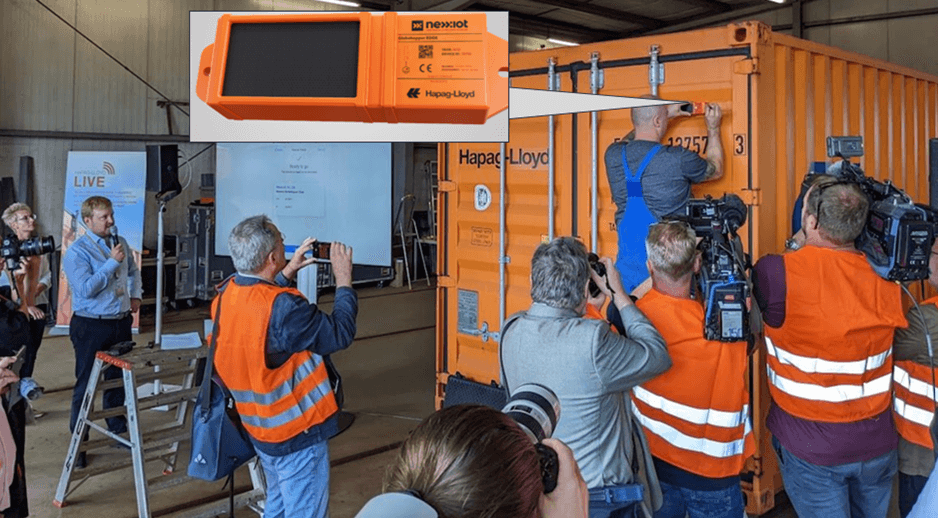
4. Supply chain digital twins
A. Technology overview
A supply chain digital twin is a digital replication/model of the supply chain (with corresponding data synchronization properties). It allows the user to determine the impact of a change in physical reality by first testing the changes in the digital model and then simulating/predicting the outcome accordingly.
B. How it improves supply chains
With supply chain digital twins, companies can optimize their supply chain planning and design. Companies can test the impact of different supply chain scenarios (such as the potential effect of a manufacturing facility closure). They can then see what the potential effect on key supply chain KPIs is (e.g., how lead times and inventory levels will be affected).
C. Adoption success story
The Renault Group was one of the first customers of Google’s supply chain digital twin software and started to adopt the technology in September 2021. Since then, the Renault Group shared that it had managed to replicate 90% of its supply chain flows in a supply chain digital twin.
D. Selected market statistic
In the digital supply chain 2022‒2027 market report, the supply chain digital twin subcategory is included as part of the Supply Chain Planning and Design Software category, which grew at a +15% rate in 2022.
5. Intralogistics robots
A. Technology overview
The purchase of intralogistics robotics vendor Kiva System by Amazon Robotics for $0.7 billion in 2018 enabled Amazon to make next-day and second-day delivery a reality. Competitors were shocked. The likes of Walmart only matched Amazon’s efficiency level a year later, but only in select countries, and also refused to disclose the cost of the investments it took. Intralogistics robots are machines that are automatically controlled, reprogrammable, multi-purposed (capable of being adapted to a different application with physical alteration), and programmable in three or more axes. They are specifically designed for intralogistics picking and placing because they can operate on limited floor space and reach into shelves, palletizing machines, or conveyors to load and unload parts.
B. How it improves supply chains
Intralogistics robots improve warehouse ai havutomation and efficiency significantly, leading to faster operations and the ability to handle demand peaks much better.
C. Adoption success story
DHL announced in January 2022 that it would invest $15 million to equip its warehouses in North America, including facilities at O’Hare International Airport and the Cincinnati/Northern Kentucky Airport with Boston Dynamics’ Stretch Robot. DHL mentioned that the robots would play a significant role in improving the efficiency of their warehouses in North America (where labor cost are high).
D. Selected market statistic
According to the International Federation of Robotics (IFR), new smaller intralogistics robots are gaining popularity. 49.5 thousand units were shipped in 2021 (+45% year to year growth vs. 2020).
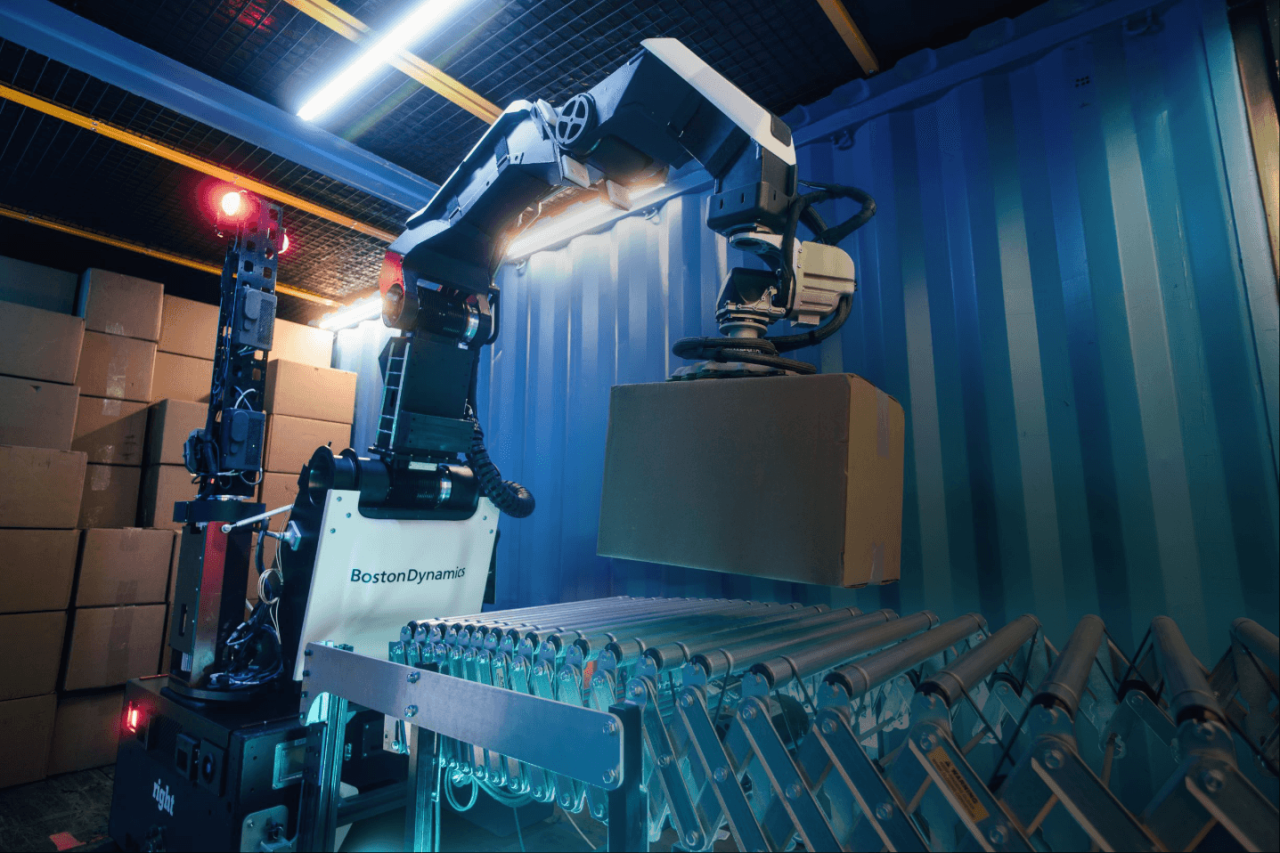
6. AI-enabled inventory optimization software
A. Technology overview
Modern inventory planning is a very data-heavy task with companies compiling millions of data points. AI-enabled inventory optimization software is helping companies crunch these numbers much faster than before. It automates, streamlines, and controls the in- and outbound inventory flows and improves the process with AI capabilities.
B. How it improves supply chains
AI-enabled inventory optimization software applies AI to continuously search for strategies to minimize inventory while maintaining confidence that the company will have sufficient inventory available to meet customer’s needs. This innovation helps companies to find better ways to assess optimal safety stock levels.
C. Adoption success story
A fortune 500 electronic manufacturer implemented C3.AI’s inventory optimization software and realized a $42 million working capital reduction by implementing 74% of the software’s inventory optimization suggestions, such as gradually minimizing safety stocks on inventory items that aren’t used.
D. Selected market statistic
As part of research on industry 4.0, IoT Analytics identified that more than 56% of manufacturers in the APAC region have an AI strategy. The region’s manufacturers are ahead of North America (53%) and Europe (52%).
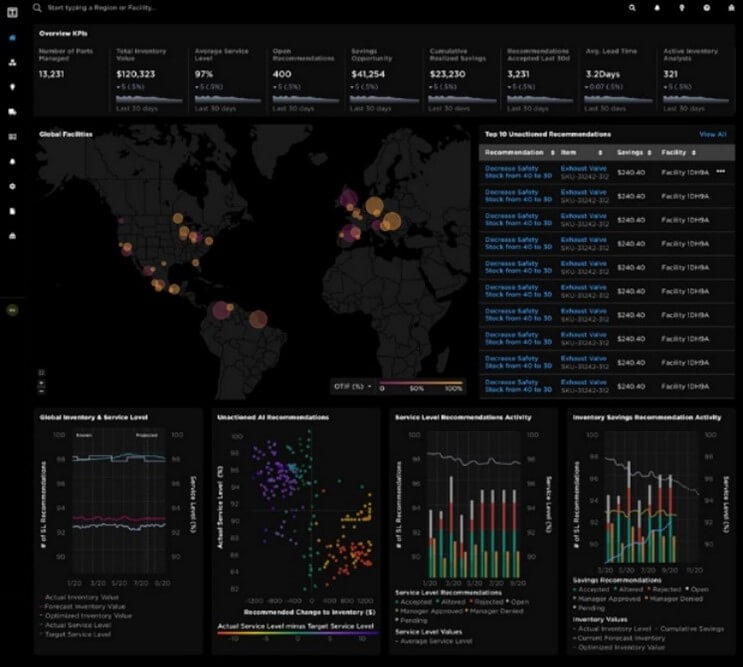
7. IoT-based proactive field service
A. Technology overview
IoT-based proactive field service software provides a step up from traditional field service of assets running in the field. While traditional field service software mostly works reactively by allocating field service technicians to a site after a failure has been reported, proactive field service uses IoT and predictive maintenance to send field service technicians to a remote site before the asset fails.
B. How it improves supply chains
Proactively performing field service operations on assets ensures that such assets won’t fail. Not only does this lead to higher asset uptime, but it also leads to earlier spare part ordering which ensures these orders do not need to be rushed through the supply chain with the highest priority. IoT-based proactive field service maintenance software also ensures that field service workers are as productive as possible while using minimum spare parts.
C. Adoption success story
3D Systems, a US-based additive manufacturing solution company, implemented an IoT-based proactive field service software and reduced its spare parts usage by 62%.
D. Selected Market Statistic
Field service vendor ServiceMax (recently acquired by PTC) performs annual customer surveys and identified that its customers increased their field service worker productivity by 23% on average when using proactive field service software.
8. Supply chain visibility software
A. Technology overview
Supply chain visibility is key to creating supply chain networks that will survive disruptions like the global COVID-19 pandemic. Companies ask questions such as: “What backup supplier can help us avoid stopping production?” or “When will my shipment finally arrive?” With supply chain visibility software, companies can get a simple, quick overview of all the important supply chain-related metrics that are key to running smooth operations, such as average lead times or inventory levels.
B. How it improves supply chains
By using supply chain visibility software, companies get a much better handle on where their current goods in transit are and when they are expected to arrive. The tools also provide instant alerts when a crucial shipment is expected to get delayed.
Upcoming supply chain visibility software vendors, like project44 or FourKites, purchase a great amount of data themselves from various stakeholders, such as port operators, to inform their customers.
C. Adoption success story
In 2020, a US-based food and beverage retailer company chose FourKites’ supply chain visibility software to gain visibility over its shipments’ estimated arrival times. According to FourKites, the company managed to attain a 99% accuracy rate on estimated delivery time predictions.
D. Selected market statistic
Supply chain visibility software vendor project44 claims to have collected 100 billion terabytes worth of supply-chain-related data in the last ten years. This number has been growing from 2 billion in 2010 to 79 billion in 2021.
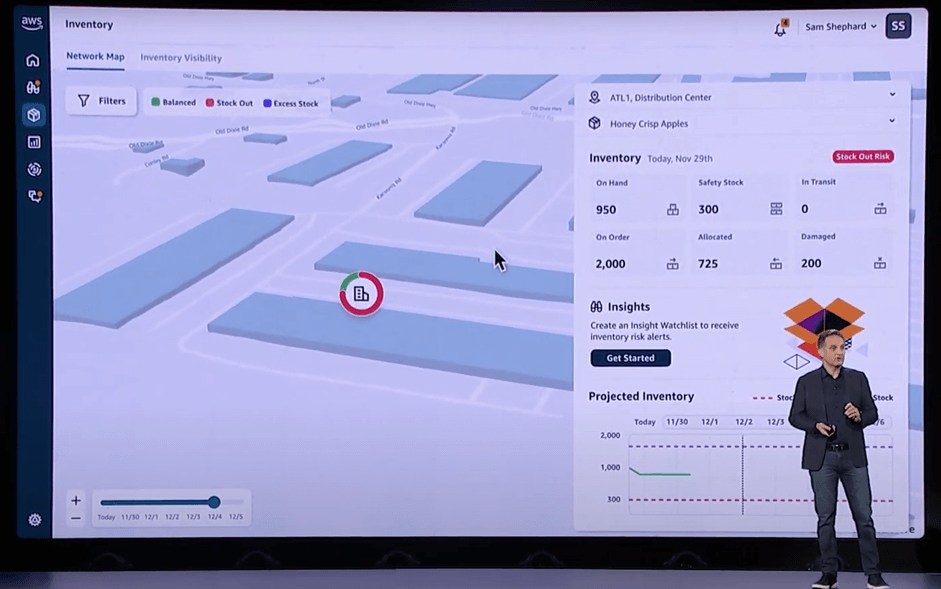

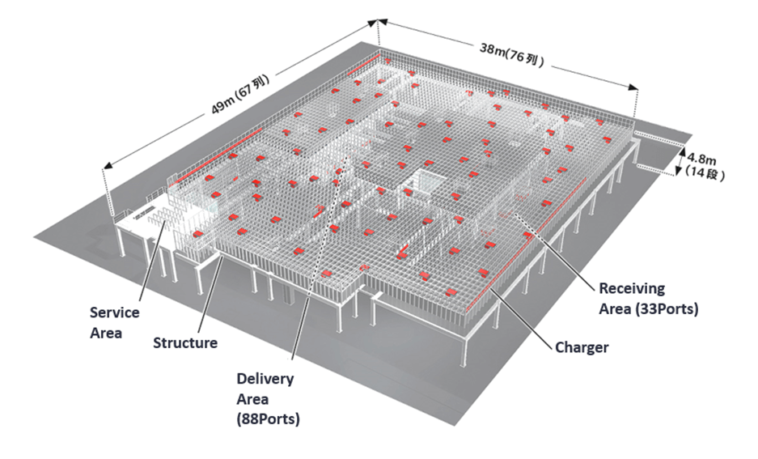


GIPHY App Key not set. Please check settings